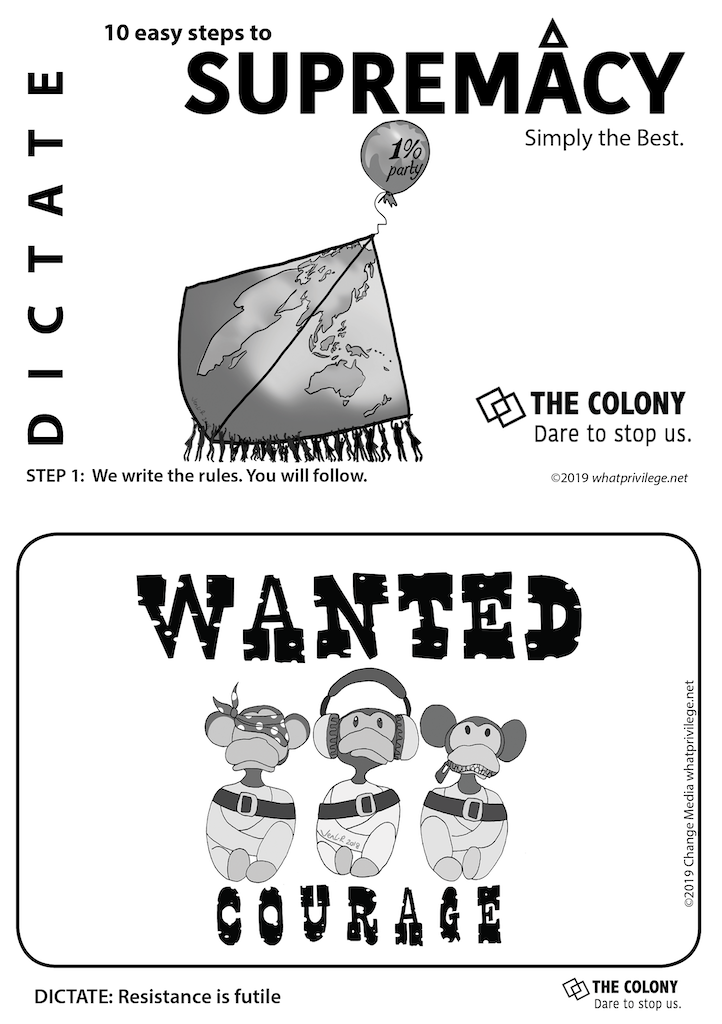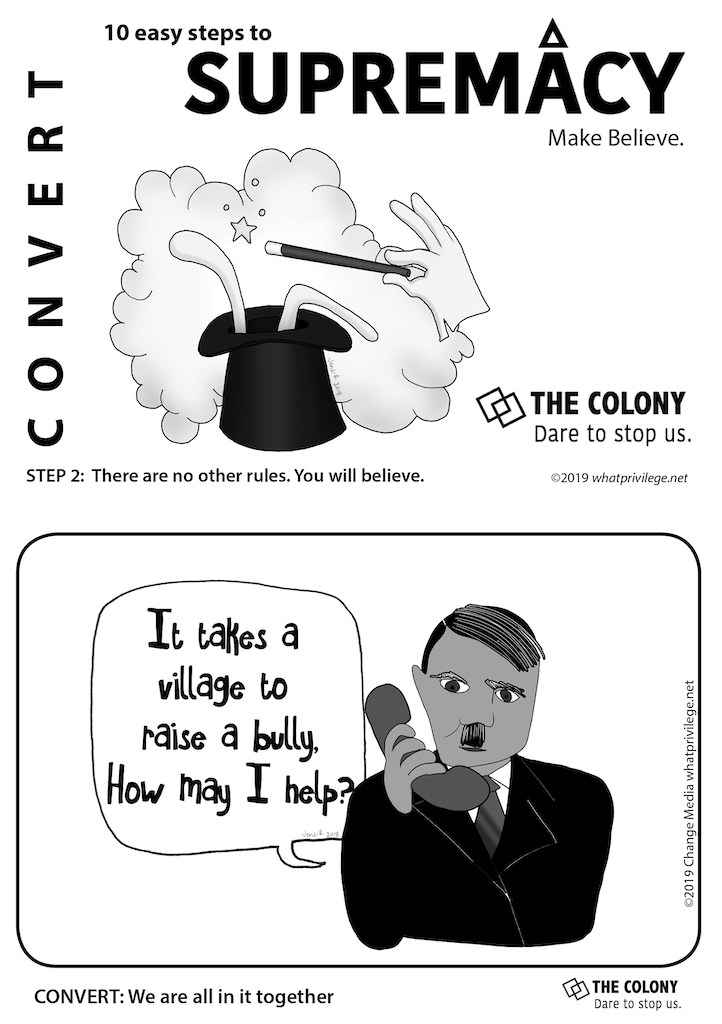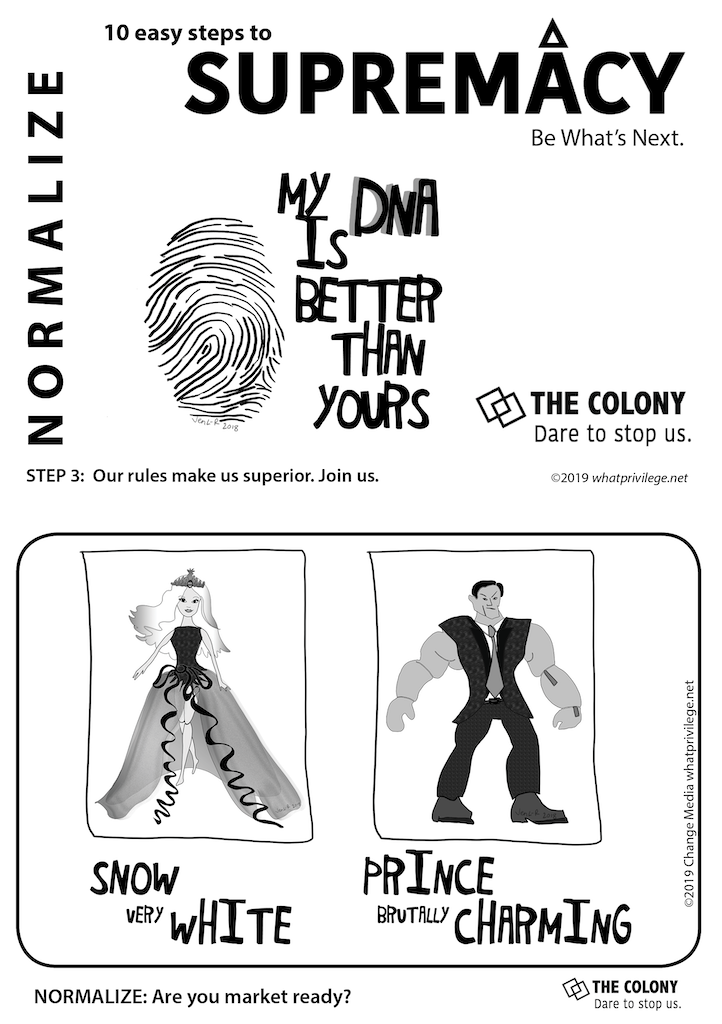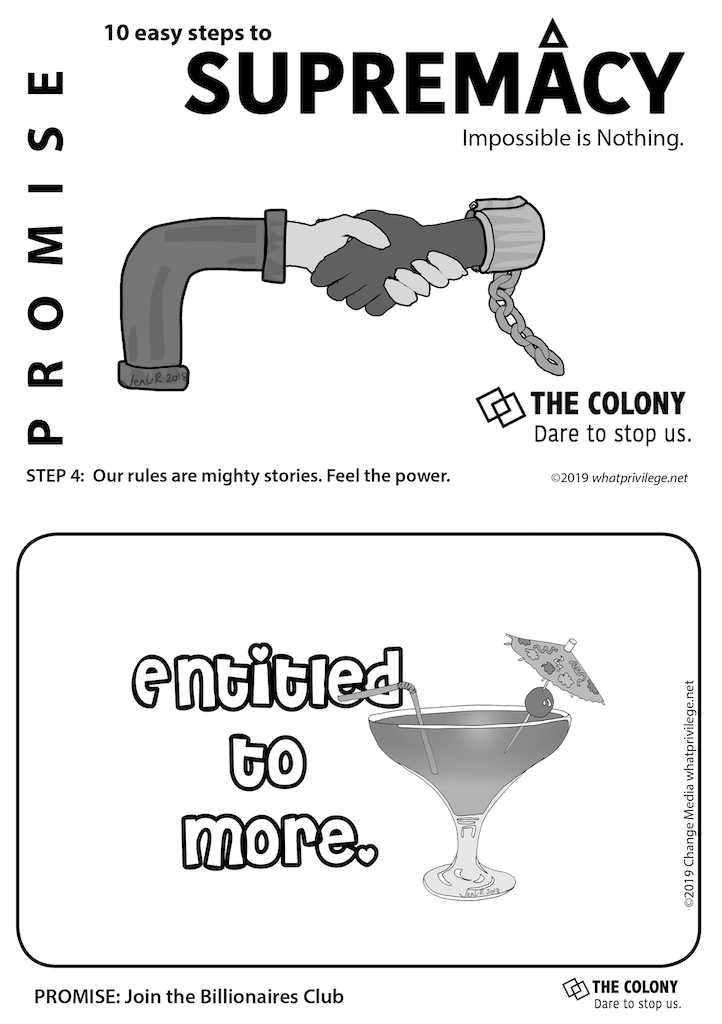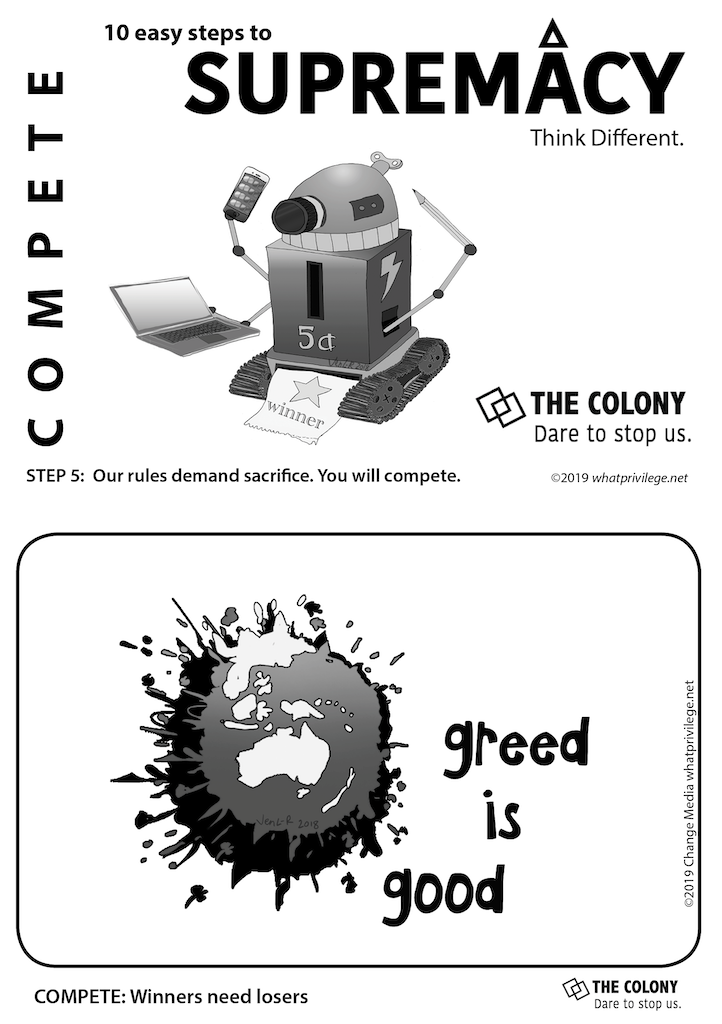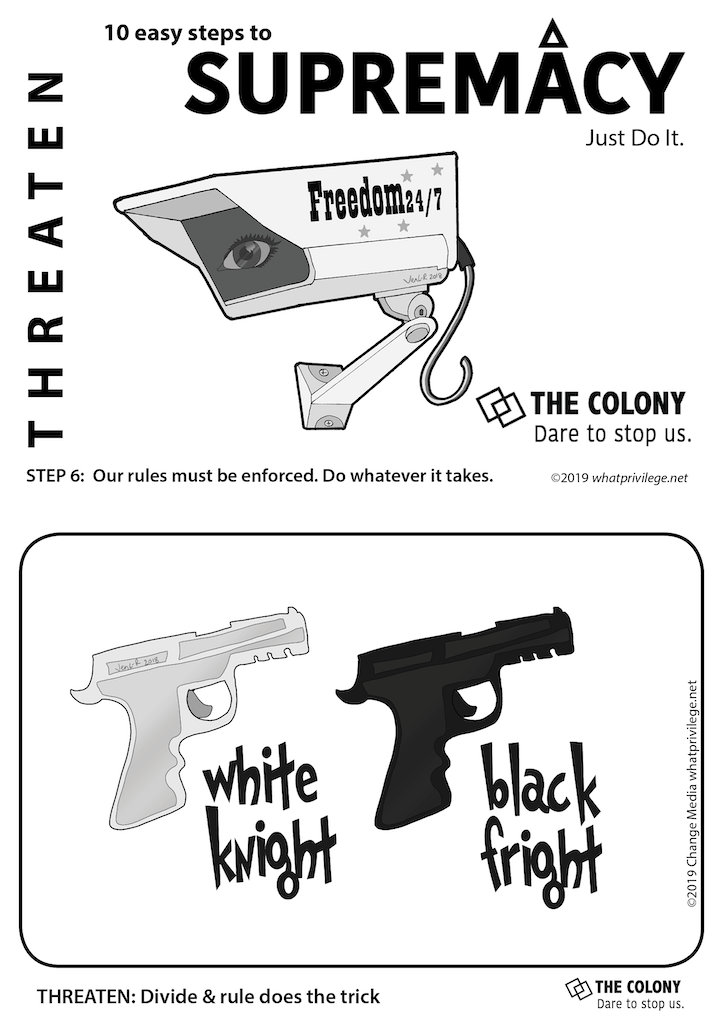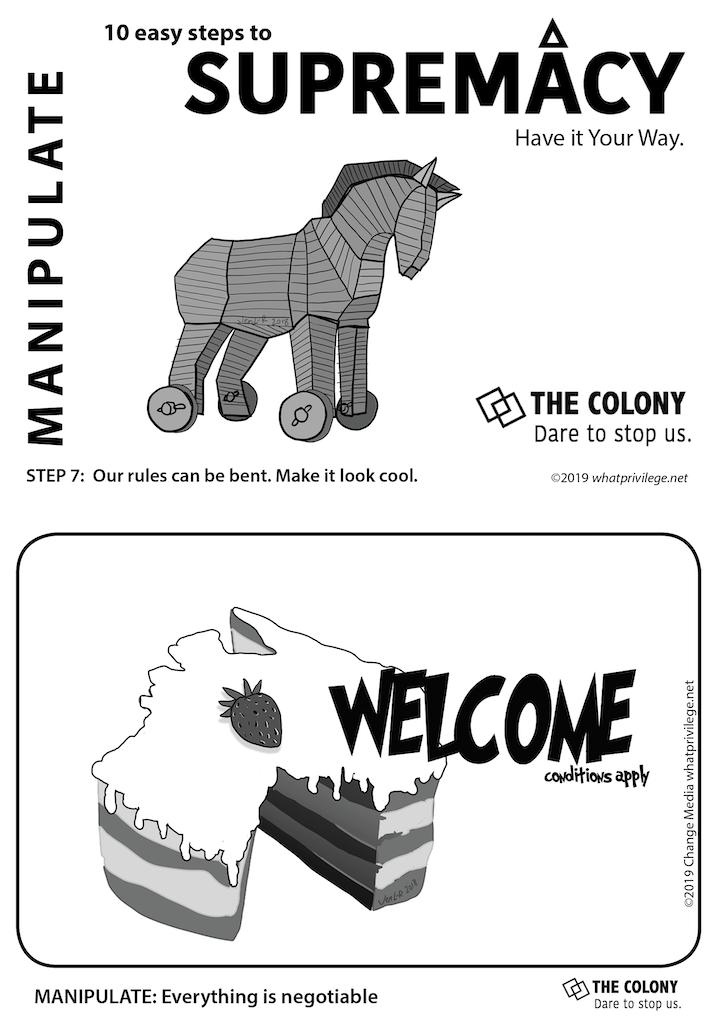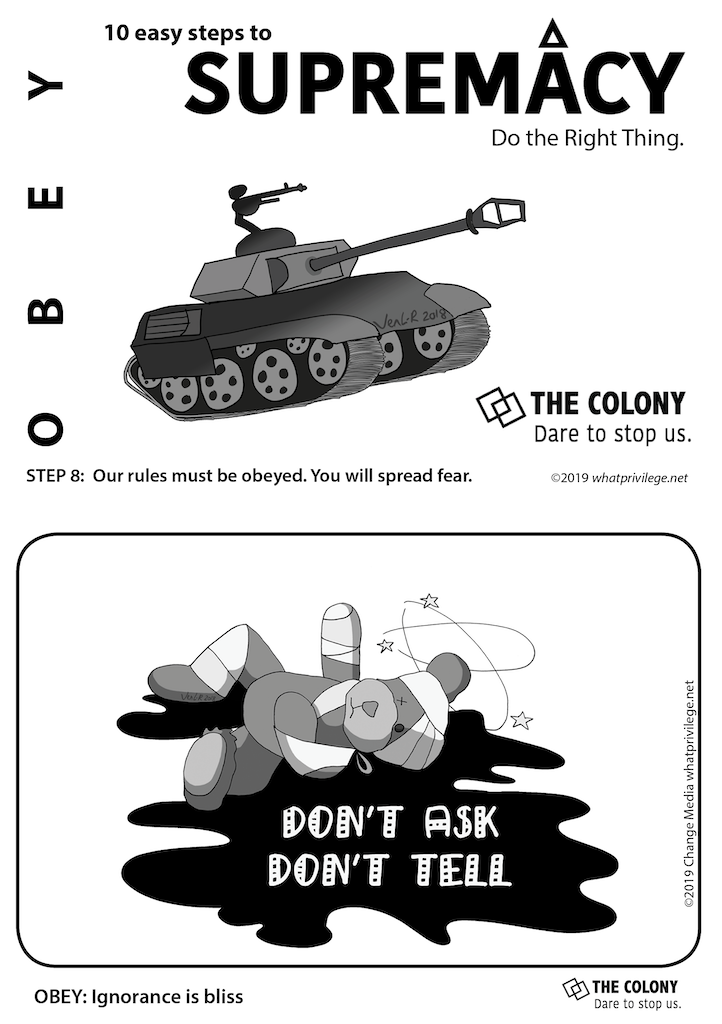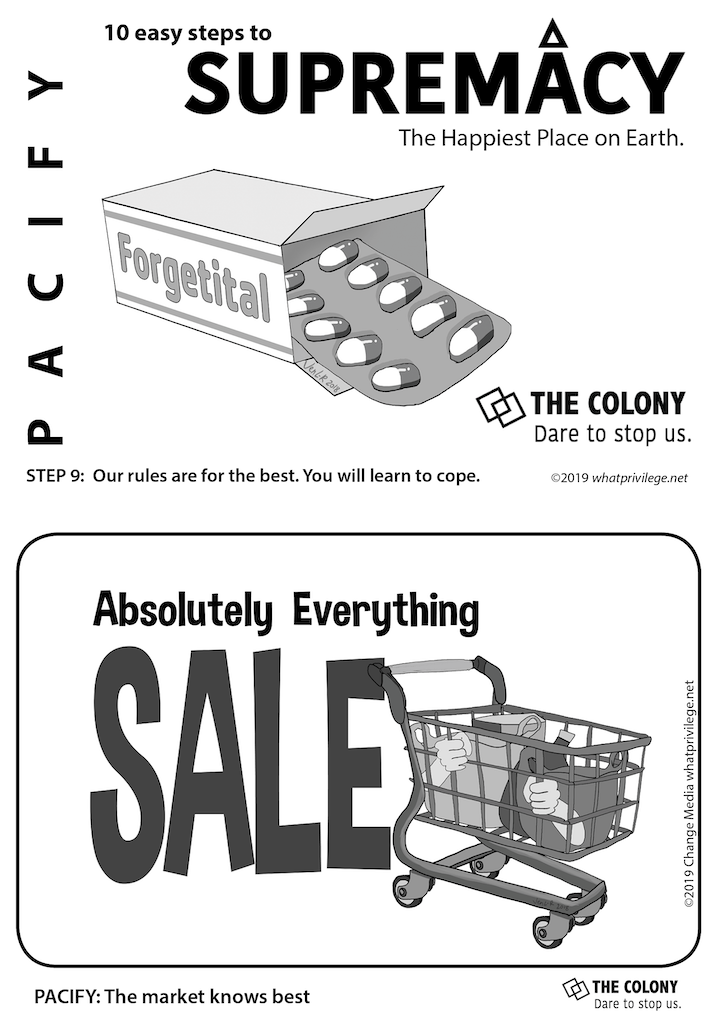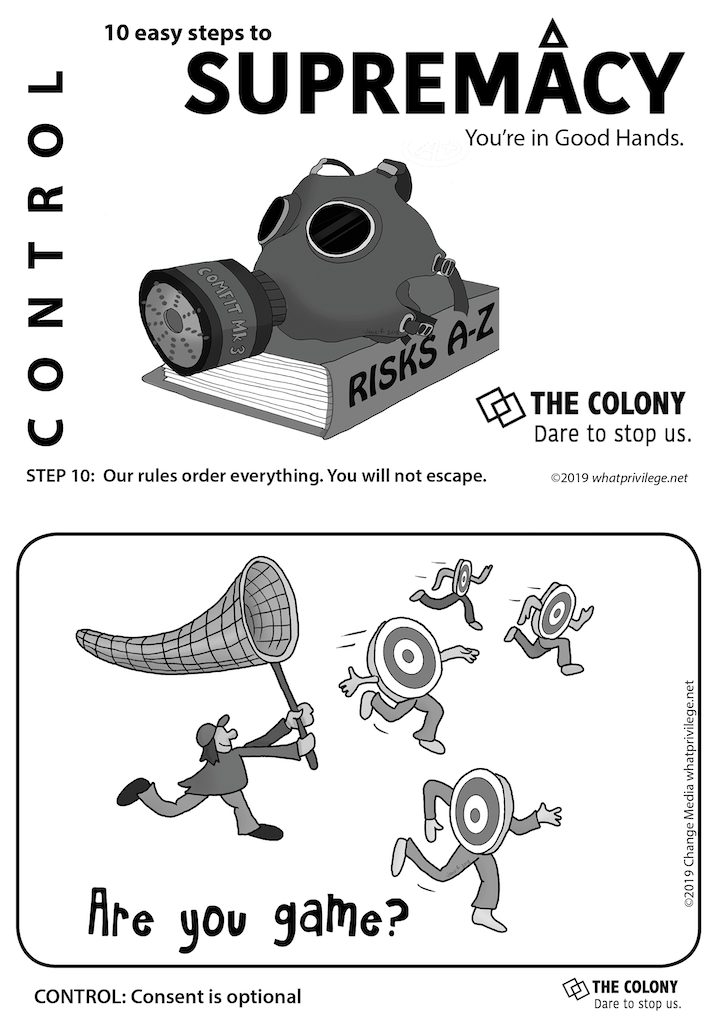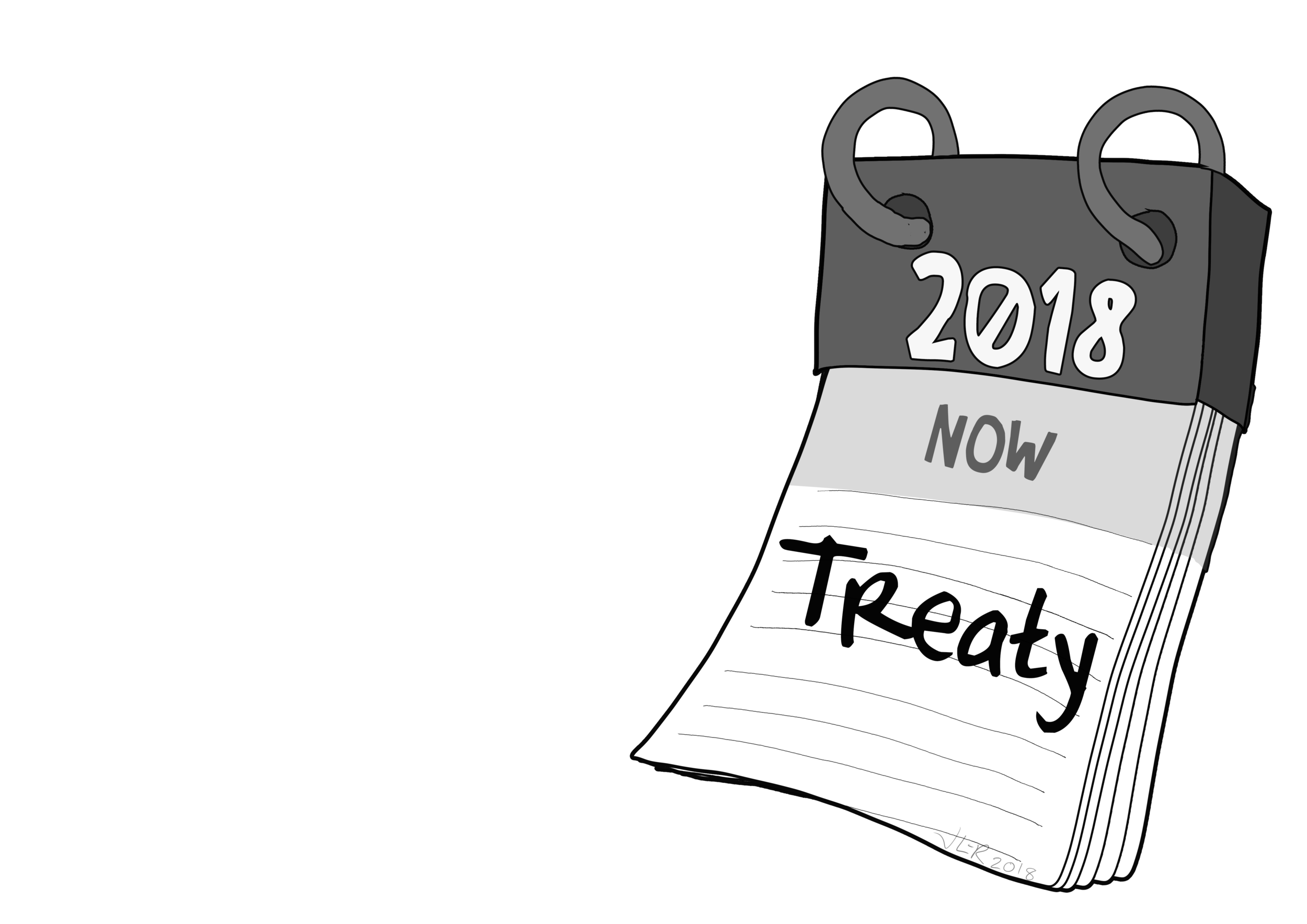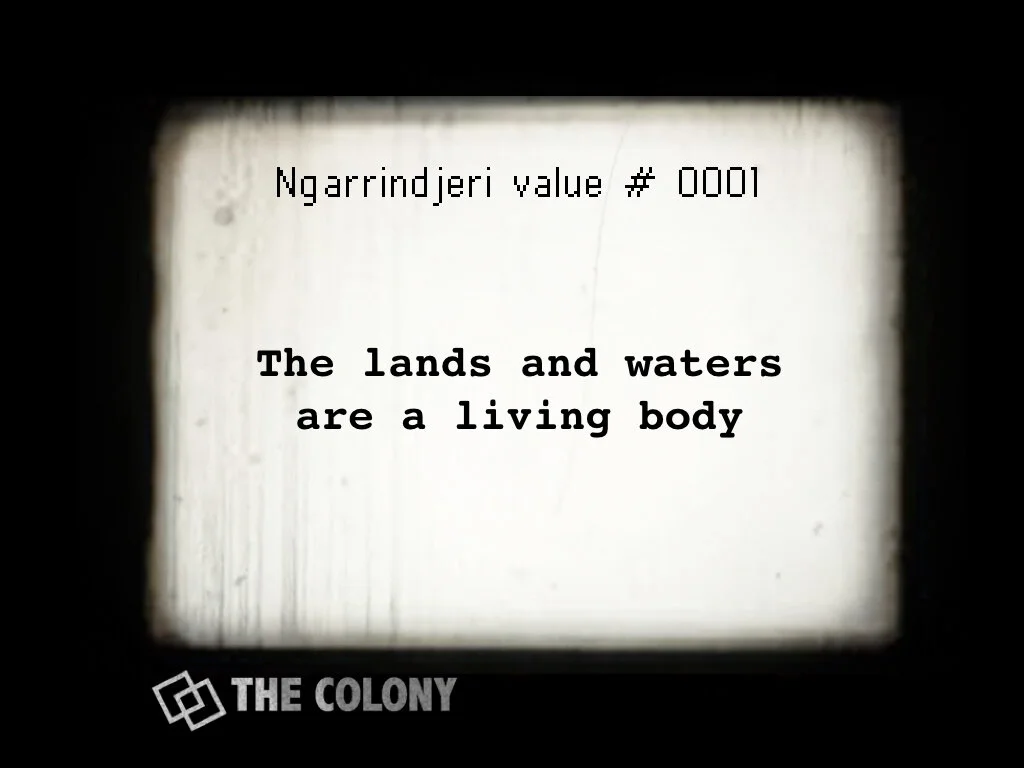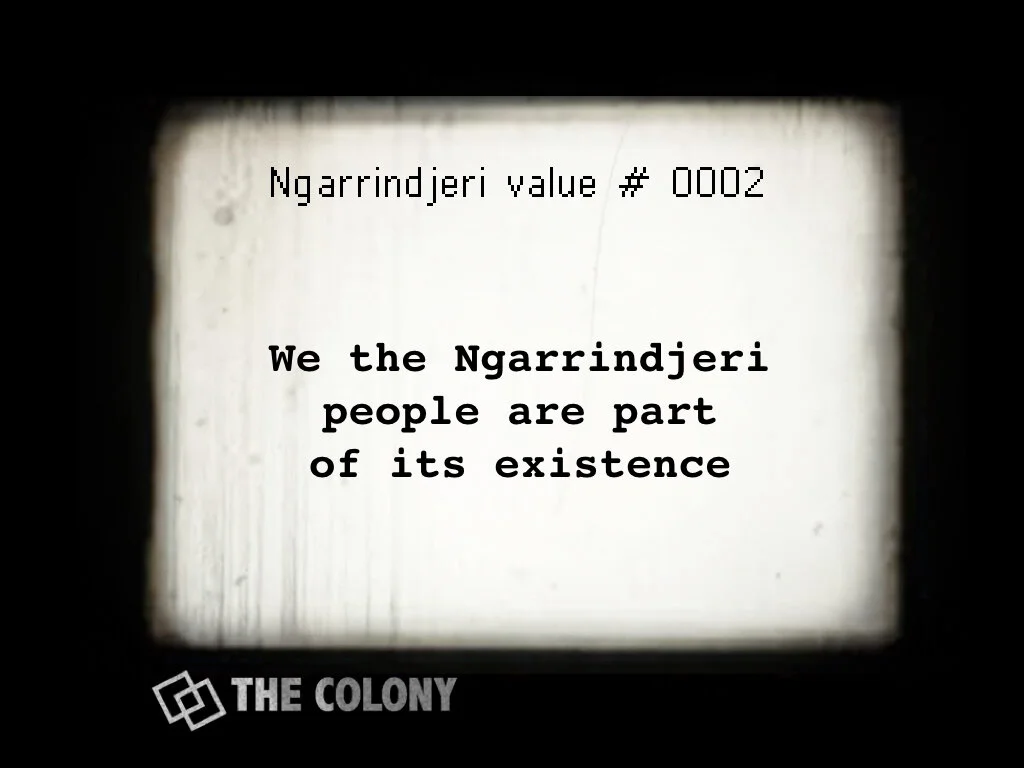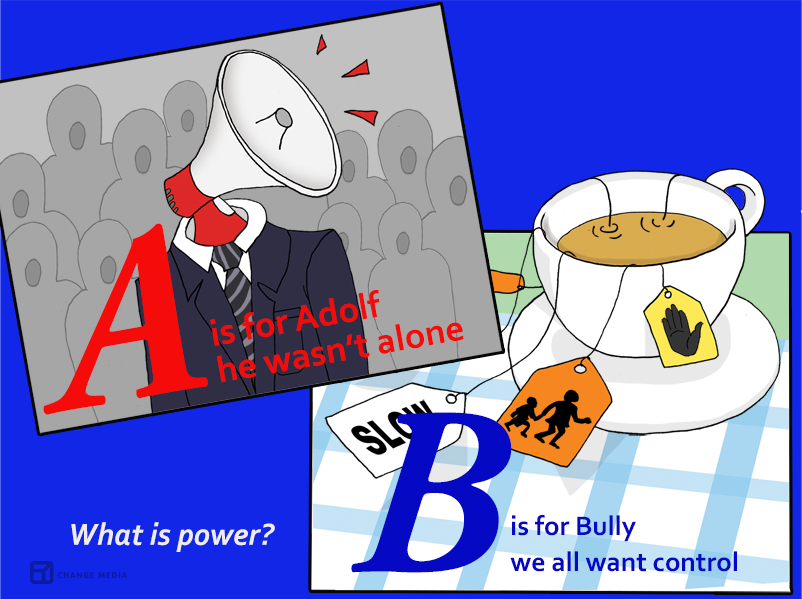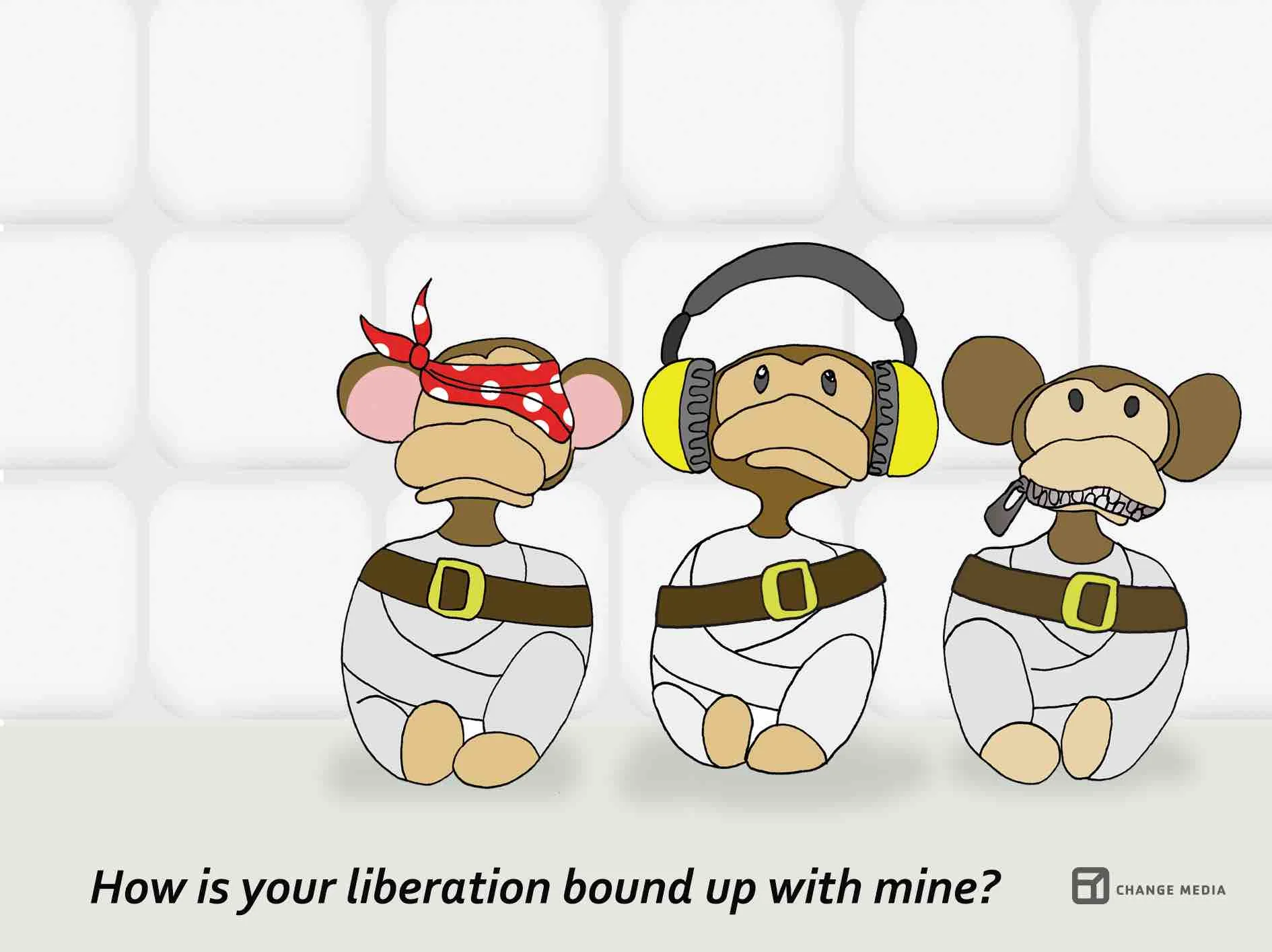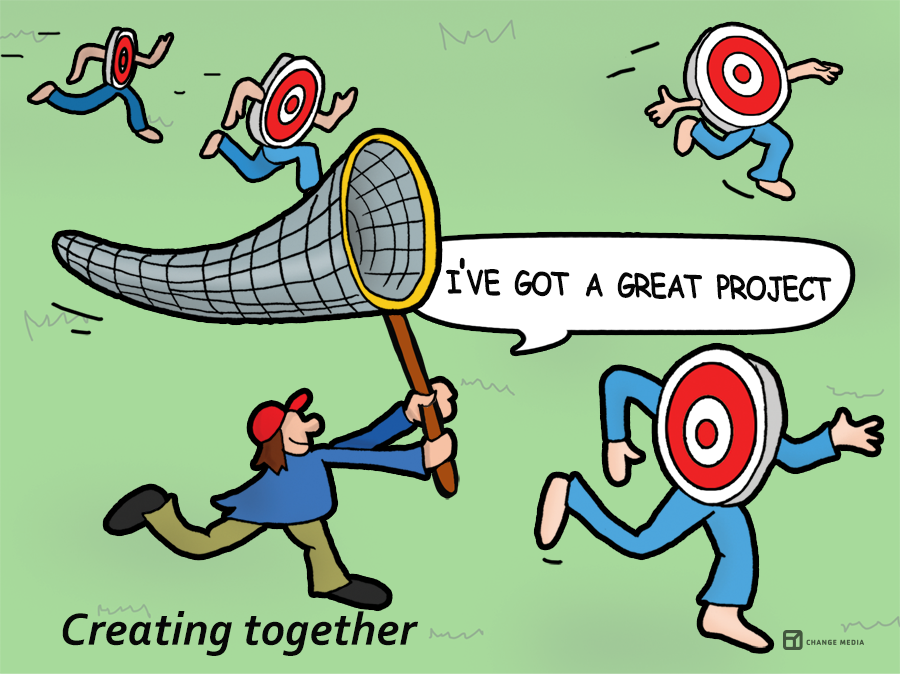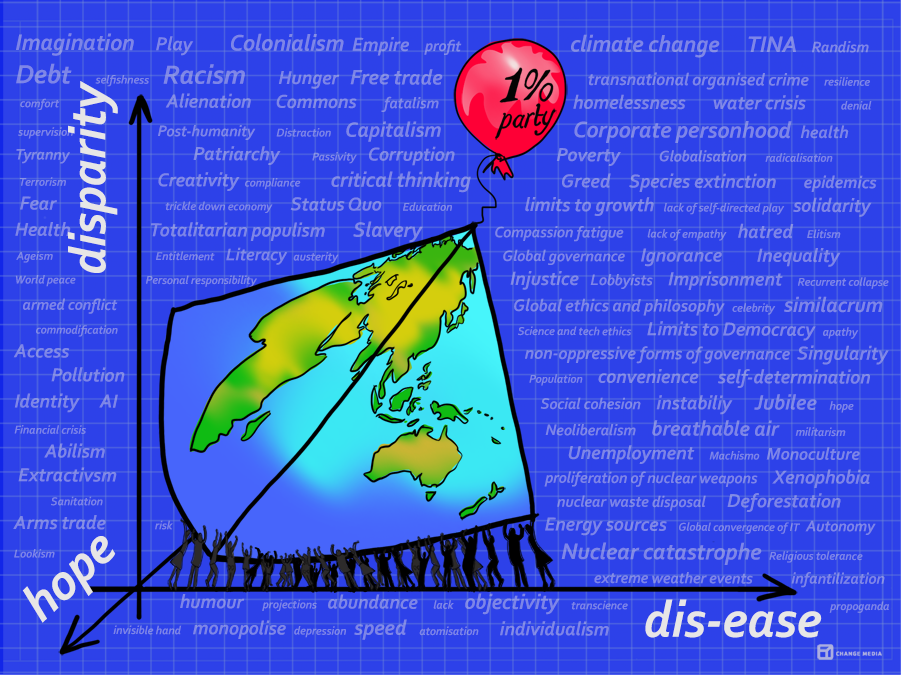November 2015
Jen Lyons-Reid CACD Fellowship aims
Interrogate stories, values and best practice in CACD to identify new narrative and media strategies.
I set out to explore the role of critical literacy in CACD – to analyze how we collectively script powerful stories for social change within a rapidly changing global landscape. I structured my first year under 5 objectives; research and define the terms of the interrogation, learn new narrative and media skills, experiment with these new techniques, interrogate the sector, expand my peer networks and establish a peer-exchange, and create a series of provocations.
In year 2 I plan to develop an exploratory, transmedia CACD model, as an open source Critical Literacy Forum.
Overview
“Informed, egalitarian societies rely on individual critical literacy – our ability to understand and meaningfully engage in the ethical, aesthetic and political stories that shape our collective lives.”
My definition of CACD is art engagement for social change, practices that value the exchange and multiplicity of our collective narratives.
So what is the value of art and what is the future for the arts in times of austerity?
The act of art making is risky; to imagine is dangerously liberating, to create is to deliberately bring the unknown into being, and to share the work is to proclaim the right to contribute and belong to a collective culture.
How are we celebrating or delegitimizing these potent values? And how do we explore the power of internalized and overt censorship/ compliance/ risk management and its impact on art making and receiving?.
We live in a time of ‘austerity’, rights, employment and wage slashing, the privatization of the last public commons, the commodification of everything and a cornucopia of consumer debt-traps - a cream whip of fear and lust. Anthropologist David Graeber writes that both capitalism and the state have broken their core promises; ‘…that if we abandon any right to collectively manage our own affairs, we would at least be provided with basic life security … and that we could live like kings if we were willing to buy stock in our own collective subordination.’ [Revolutions in Reverse, 2009].
Values are not givens, they are created through ongoing human negotiations – but currently we are caught in a singular paradigm, that the market economy determines all values, so how do we stimulate a conversation that reminds us we can constantly recreate our values and change the way we live and the world we live in?
The market driven monopoly over human exchange in art and culture encloses the commons, reduces our access and experiences and foments a culture of lack – and this inequitable ‘free’ marketplace is driven by a massive bureaucratic machinery that controls, restricts and colonizes experiences in and outside it’s borders. It appears 40 years of neo-liberal tactics are marching us to cultural fascism – so what can we do about it?
Creating and participating in art is a Common that can remind us of our potent, insubordinate revolutionary human potential. Ai WeiWei smashed a Han dynasty urn.
Everything is Art. Everything is Politics. [Ai WeiWei, 1995 Dropping a Han dynasty urn].
Year 1
I used Change Media’s ‘Typology of Harm Cards’ as a scaffold, as they examined the inherent challenges of CACD practice, and shifted the focus to an exploration of best practice – to show ‘you can do it too’ ‘provocation keys’.
I have conducted interviews with leading practitioners and thinkers and networked across arts and culture sectors.
I have acquired a range of new skills, gaining insights into socially engaged art, philosophy and practice, to create an emerging strategy, which combines 360 storytelling, critical anthropology, economic theory, creative interventions and art history.
In the following progress report I will list my process to date. I am not attempting to present my findings, as this would be premature at this stage.
Fellowship objectives
1. Research and define the terms of the interrogation:
Identify critical thinkers and new practices emerging globally, some key text below:
David Graeber - '5000 years of Debt'.
Naomi Klein - ‘This Changes Everything’ [2014]
Beautiful Solutions/ Beautiful Trouble online tool kit and books [linking socially engaged art with non-violent creative protests].
Diane Bell - 'Ngarrindjeri Wurrawarrin'
Yanis Varoufakis - ‘The Global Minotaur’ [2012]
Franco Bifo Berardi - ‘On Finance and Poetry’ [2014]
2. Learn new narrative, facilitation and media skills
workflow for digital drawing and development of graphic and interactive art. Ideation - 15 meters of moveable whiteboards Development/production/distribution - interactive graphic drawing tablet and ipads
narrative therapy:
Cognitive Behavior Therapy
I have also explored different narrative and artistic styles, to analyze current platforms, interfaces, participation techniques, integrating video, photography, drawing, inking, animation and data visualization techniques.
interesting cartoon styles First Dog On the Moon, Shaun Tan, Bechdel, Gaiman, Spiegelman, Bilal, Leunig, Herman, Moebius
surrealist and absurd art [Escher, Modigliani, Picasso, Gaudi, Hundertwasser]
Gaming workshop: with game writer and transmedia expert Christy Dena,
3. New practice/ experimentation:
Exhibition: ‘Escape from Cloud 9’
Experimental art ‘Defund This!’
Socially engaged art: Ngarrindjeri Culture Hub
4. Interrogate critical literacy strategies in the sector and expand my peer networks
Lots of interviews and discussions
5. Create upbeat, engaging provocations, forge the questions
see point 3
6. Establish a collaborative and creative peer-exchange
Interview, excite and inspire others to join me in creating fresh social narratives and CACD insights, to share.
